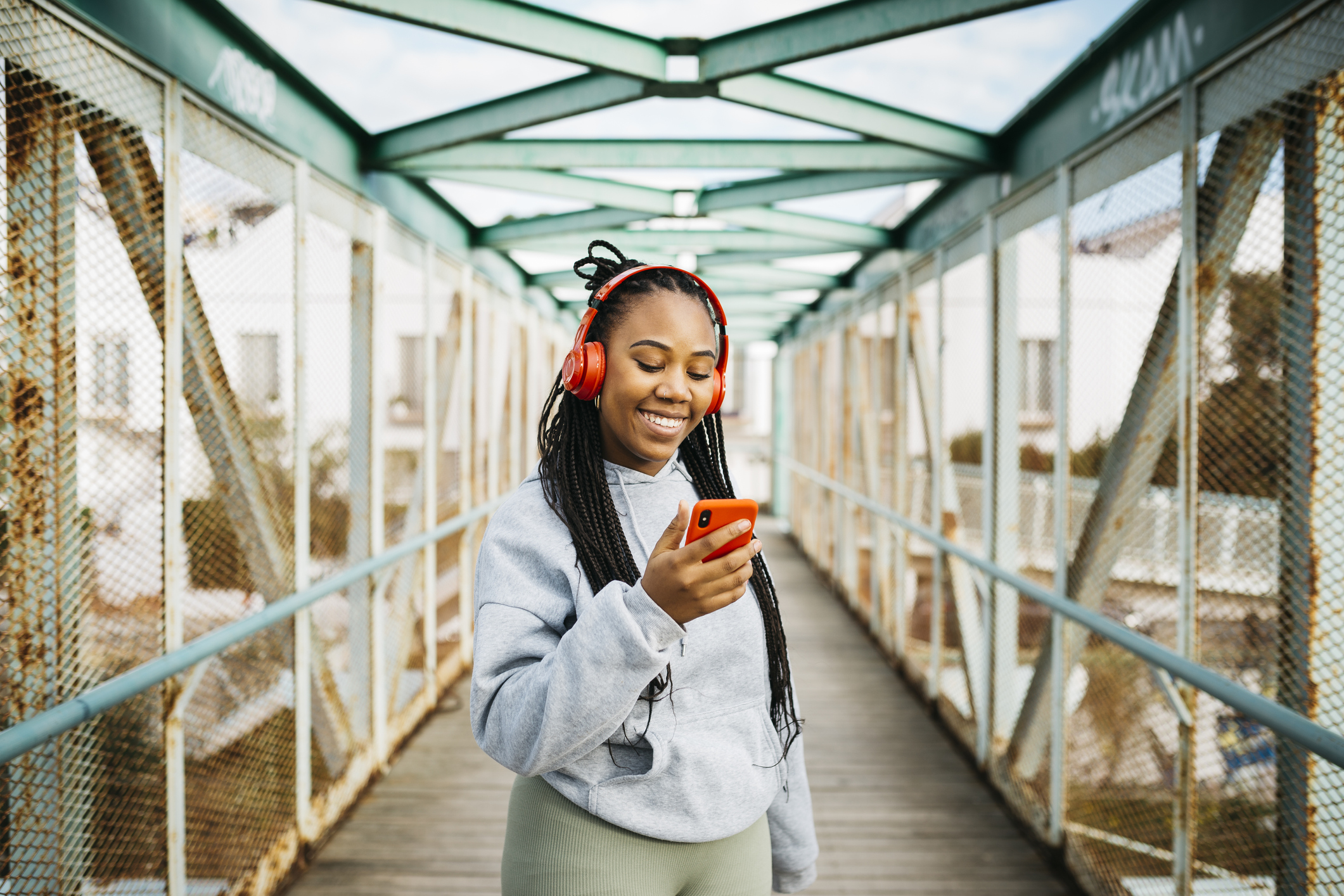Update on the College Student Mental Health Crisis
Writer
Writer
www.bestcolleges.com is an advertising-supported site. Featured or trusted partner programs and all school search, finder, or match results are for schools that compensate us. This compensation does not influence our school rankings, resource guides, or other editorially-independent information published on this site.
Turn Your Dreams Into Reality
Take our quiz and we'll do the homework for you! Compare your school matches and apply to your top choice today.
- The mental health crisis on college campuses has been exacerbated by COVID-19.
- Isolation and financial insecurity threaten the age group most at risk for suicide.
- Colleges have promised stronger telehealth resources, but budget cuts could interfere.
College students are prone to stress, anxiety, and depression. The strain of living away from home for the first time, maintaining and forming new relationships with peers and teachers, and worrying about completing classwork on time can feel overwhelming. Additionally, according to recent surveys, the mental health crisis at colleges has gone from bad to worse due to the COVID-19 pandemic.
A recent Centers for Disease Control and Prevention (CDC) report shows 1 in 4 people aged 18-24 had "seriously considered suicide" in the last 30 days. The largest age demographic on college campuses, people between the ages of 18 and 24 may be at a lower risk of experiencing serious symptoms caused by the coronavirus — but they are at a disproportionately high risk for suicide.
For many traditional-aged college students, the most severe impact related to the pandemic could be psychological.
College students are not immune to the coronavirus, and they can still get sick. Students also risk transmitting the virus to relatives, and campuses at large may endanger surrounding communities. However, for many traditional-aged college students, the most severe impact related to the pandemic could be psychological.
The social and economic uncertainty caused by the pandemic has exacerbated worrisome mental health trends among college students. This is especially true for students who feel isolated, students who feel different from their peers, and female students. Statistics show that these students have a higher risk of experiencing mental health issues and their effects, including dropping out of school.
College Student Mental Health Statistics
College-related stress — such as homesickness, social anxiety, and worrying about an unwritten essay — figures into the college mental health crisis, but school alone isn't to blame. Mental health issues are also prevalent among nonstudents in the same age range. Growing into adulthood and finding their way in society can be difficult for all young people, whether they're attending school or entering the workforce for the first time.
A few of the common mental health obstacles affecting young adults include the following:
- Loneliness: Over 63% of college students reported feeling very lonely in the last year (American College Health Association, 2017)
- Anxiety: Nearly 30% of college students reported feeling overwhelming anxiety in the past two weeks (Statista, 2018)
- Depression: Rates of moderate to severe depression among college students rose from 23.2% in 2007 to 41.1% in 2018 (Journal of Adolescent Health, 2019)
- Suicide: The suicide rate among those aged 10-24 increased 56% between 2007 and 2017 (CDC, 2019)
- Fifty-three percent of college presidents listed student mental health among their biggest COVID-19-related worries (American Council on Education, 2020)
Sources: ACHA, Statista, Duffy et al., CDC, ACE
Surveys suggest the pandemic is spurring a parallel crisis in young adults, and many college students have mental health problems like suicidal ideation, anxiety, and depression.
However, a few reports aren't quite as bleak. For example, the Center for Collegiate Mental Health at The Pennsylvania State University found that distress levels among college students seeking mental health treatment in 2019-20 are roughly equal to last year. Regardless of the exact effects of the pandemic, millions of college students across the U.S. are living with mental health issues.
COVID-19 Causes Isolation, Increased Financial Anxiety
Students struggle most when they lack a sense of hope or possibility. Financial stress is also a known predictor of student mental health. With the pandemic, economic recession, threats of climate change, and potential for tumultuous election fallout weighing heavily on the minds of students, planning for the future beyond 2020 is an anxious proposition for many.
While students may be grappling with many of the same questions and concerns, a lot of them are doing it alone. Isolation in the era of COVID-19 represents a secondary epidemic. Previous research has shown that students with lower quality social support were six times more likely to experience mental health problems than students who had high-quality social support.
Isolation could be a major impediment to connecting some of the most at-risk students with mental health intervention. A predictive quote from a 2012 report on college student mental health says these students "are the hardest to reach because they are secluded in their rooms."
“Some of the students most affected or most at risk for mental health conditions are the hardest to reach because they are secluded in their rooms.”. Source: — National Alliance on Mental Illness (NAMI)
For online students in 2020, it's easier than ever to withdraw and avoid others. Some online classes include synchronous learning — e.g., regularly scheduled video lectures at 1 p.m. every Tuesday and Thursday — and some professors insist that students turn on their video feed. But the distance inherent to online learning can atrophy real connections.
Today, many of those same at-risk students — including minority students, international students, and students who have a lower socioeconomic status — face increased challenges.
Economic uncertainty exacerbates mental health concerns. Students and their families continue to feel the financial backlash of COVID-19. While more families struggle to cover tuition, part-time work for students has dried up nationwide.
While more families struggle to cover tuition, part-time work for students has dried up nationwide.

Although some work-study students were still able to earn their full award amount after campuses closed, many students who relied on campus-based or off-campus employment to make ends meet found themselves without a source of income. As a result, many college students are struggling to afford basic needs during the pandemic.
Future earning potential has also been harmed by the pandemic. For one, mental health issues negatively affect academic performance. Additionally, students are having a harder time accessing tutoring centers and career services. Many find themselves on the wrong side of the digital divide, without sufficient technology at home to stream classes or take proctored online exams. And some students have lost internship opportunities.
According to Mental Health America, students' mental health tends to dip in the fall. The seasonal low could be lower than ever this year, with students who have never before sought mental health help now reaching out.
But what resources will be available to students when they need it?
Colleges Struggle to Keep Promise of Mental Health Support
College mental health counselors report increased demand over the past decade. As getting help for mental health sheds its stigma, more students feel comfortable seeking aid, including for low-level anxiety or depression that other generations of students might have simply tried to ignore.
More students are seeking help, but according to a University of Michigan survey conducted between March and May, 60% of college students said the pandemic made it harder to access mental healthcare.
Many students say that the pandemic made it more difficult to access mental healthcare.

Initially, college counseling centers struggled with state licensure regulations that prohibited them from providing mental health services across state lines. To accommodate the ongoing public health emergency, many of those regulations were relaxed.
With teletherapy programs underway, many colleges offer virtual one-on-one counseling, harm reduction services, and support groups. As colleges strengthen their online offerings, there's a possibility that virtual mental health resources will also expand. At the same time, steep budget cuts threaten already underfunded and understaffed clinics.
If online mental health resources are available and functional, the question remains whether students will use them. Students who might have once found help just by walking into a counselor's office or chatting with a professor can no longer rely on those gatekeepers.
With fewer interactions — mostly taking place online or behind masks — the cues and clues that might have alerted faculty and staff to at-risk students could go unnoticed. However, while there may be fewer people to direct students to mental health aid, the growing emphasis on mental health could embolden more students to seek out help for themselves.
Feature Image: Cliff Hawkins / Staff / Getty Image News / Getty Images North America







